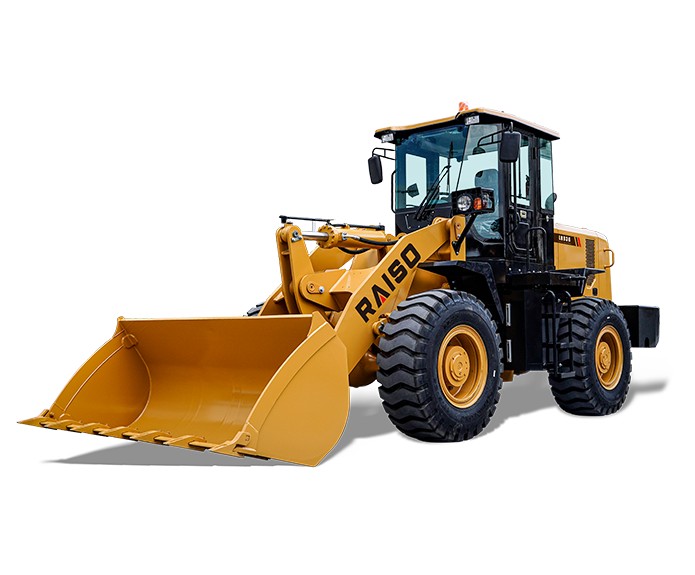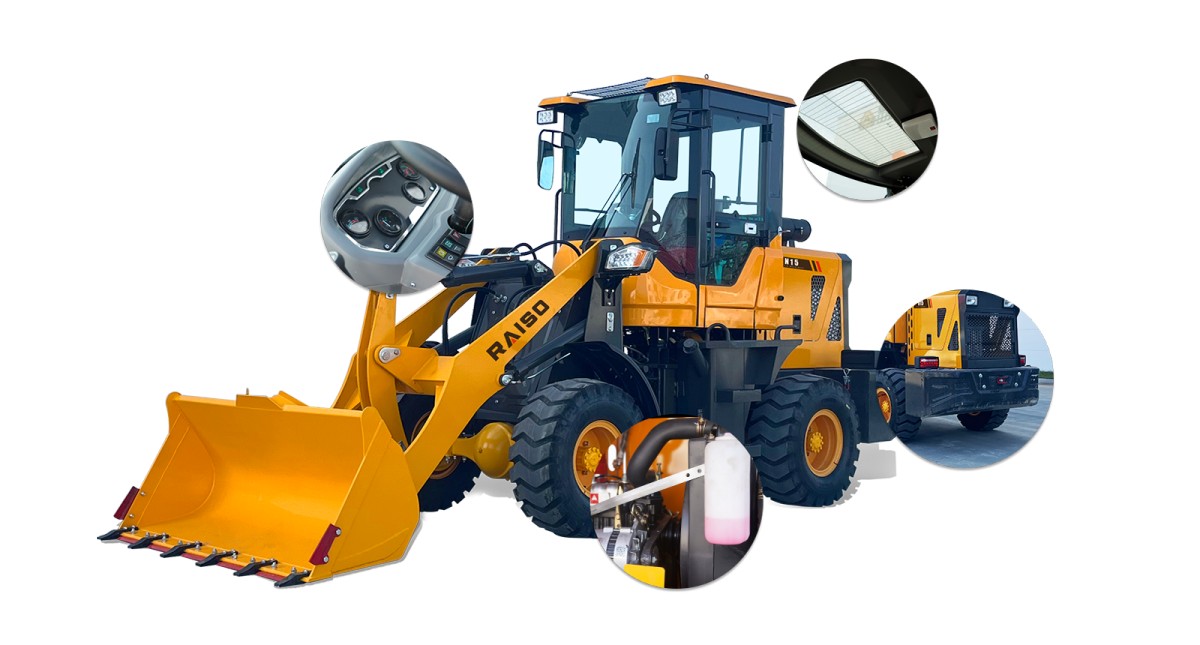NEWS
Selecting the appropriate wheel loader is crucial for ensuring project efficiency and productivity. The key to making the right choice lies in understanding the specific requirements of your project and the conditions of the worksite. Wheel loaders come in various sizes and can be equipped with multiple attachments, so selecting the best fit for your needs is essential.
Key Factors to Consider When Choosing a Wheel Loader
1. Project Size and Scope: The scale of your project is a primary determinant in selecting the right wheel loader. Consider the size of the worksite, the volume of materials to be moved, and the duration of the project.
2. Bucket Capacity: The amount of material the loader can handle in one cycle is critical. Larger buckets are suitable for heavy-duty tasks, while smaller buckets are ideal for lighter jobs.
3. Arm Reach: The length of the loader’s arm determines its ability to reach and dump materials efficiently. Ensure the arm length aligns with your project’s requirements.
4. Manufacturer Recommendations: Consult with manufacturers to identify the most suitable type and size of equipment for your project. Their expertise can help optimize productivity and efficiency.
Wheel Loader Sizes and Their Applications
Wheel loaders are categorized into three main sizes, each suited for specific tasks:
Small/Compact Loaders:
Operating Weight: 1 to 4.5 tons
Applications: Ideal for landscaping, yard projects, and light material handling. These loaders are versatile and can be equipped with attachments like forks and rakes.
Mid-Sized Loaders:
Operating Weight: 5.5 to 6.5 tons
Applications: Commonly used in construction sites for moving heavier materials. They strike a balance between power and maneuverability.
Large Loaders:
Operating Weight: 7.5 to 18 tons
Applications: Designed for heavy-duty tasks such as loading trucks with gravel or handling large volumes of materials in mining or large-scale construction projects.
Common Wheel Loader Attachments
Wheel loaders can be equipped with various attachments to enhance their functionality. Some of the most commonly used attachments include:
Buckets: For digging and material handling.
Forks: For lifting and transporting pallets or other materials.
Couplers: Allow for quick attachment changes.
Lifting Jibs: For lifting and positioning heavy objects.
Rakes: Ideal for landscaping and clearing debris.
Pushers: For spreading and leveling materials.
Shovels: For digging and scooping.
Augers: For drilling holes.
Brooms: For cleaning and sweeping.
Stump Grinders: For removing tree stumps.
Safety Protocols and Potential Hazards
Operating wheel loaders involves certain risks, and it is essential to follow safety protocols to prevent accidents. Key safety considerations include:
Bystander Injuries:
Always be aware of your surroundings before operating the loader.
Ensure no one is near the machine, especially when lifting or moving the arm and bucket.
Verify that backup signals are functioning correctly.
Tipping:
Avoid carrying heavy materials at high heights to maintain stability.
Transport loads as close to the ground as possible.
Never exceed the loader’s maximum weight capacity.
When operating on sloped terrain, travel in reverse when going downhill to maintain stability.
Rollovers:
Exercise caution on uneven or hazardous terrain, such as steep hills, loose gravel, or soft soil.
Consider reducing the load capacity to half when working in risky conditions.
Always wear a securely fastened safety belt and operate the loader at a controlled pace.
Final Considerations
Before purchasing a wheel loader, evaluate different manufacturers and models to find the best fit for your project. Consulting with manufacturers or specialists can provide valuable insights and recommendations. For instance, Raiso offers a wide range of wheel loaders in compact, medium, and large sizes, along with expert guidance to help you make an informed decision.
By considering these factors—project requirements, loader size, attachments, and safety protocols—you can select the right wheel loader to ensure your project runs smoothly and efficiently.
Welcome to contact us by leaving a message. We will get in touch with you as soon as we receive your message


